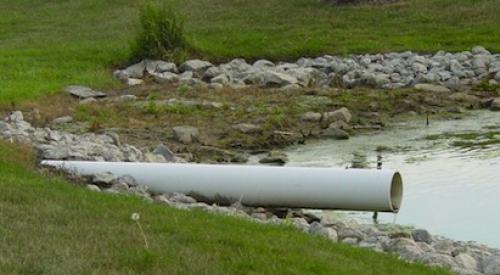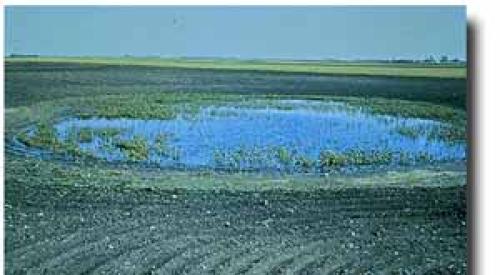In a major victory for affordable housing, sound science and more sensible regulations, the U.S. Environmental Protection Agency has been forced to withdraw a key portion of new storm water management regulations for builders and developers and devise new ones based on better research.
The move is the result of a lawsuit filed by the National Association of Home Builders (NAHB) and petitions filed by both NAHB and the federal Small Business Administration (SBA) Office of Advocacy asking the agency to revise its new Effluent Limitation Guidelines (ELGs) for the construction and development industry.
"After a big rainstorm, it's typical to see some storm water drain from a construction site. In these new regulations, EPA set a numeric limit on the amount of sediment that can cloud the water that both NAHB and SBA claimed was arbitrary and based on flawed analyses," said NAHB Chairman Bob Jones, a home builder and developer in Bloomfield Hills, Mich.
"In addition, NAHB was able to show that trying to achieve these limits would have cost not $953 million – which the agency had estimated – but up to $10 billion annually, hurting small businesses and housing affordability, with little additional environmental benefit: EPA itself admits the ELG would control less than one quarter of one percent of all total sediment runoff," Jones said. "By forcing EPA to take a hard look at the facts and admit its error, NAHB scored a major victory for home builders and home buyers nationwide."
After reading NAHB's brief, the Justice Department asked EPA to defend the numeric limit. EPA was forced to admit several flaws in the final rule and that it had improperly interpreted the data. As a result, the Justice Department filed a motion with the 7th Circuit Court of Appeals asking it to vacate the numeric limit and place a hold on the litigation until February 2012—while EPA goes back and develops a numeric limit that builders can actually comply with.
Published in December 2009, the ELG imposed a nationally applicable—and potentially impossible-to-meet—limit of 280 "turbidity units" on storm water discharges from construction sites disturbing 10 or more acres of land at one time.
While today's ruling removes the numeric limit, the other requirements of the ELG remain in place. EPA is expected to issue interim storm water management guidance for construction site operators as the agency works to refine the rule.
"NAHB supports responsible development and the goals of the Clean Water Act. The association will continue to work with state and federal regulators to keep our waterways clean," Jones said.












